1. High fire resistance and fire safety
Mineral insulated cables are composed of copper conductors, magnesium oxide insulation layers and copper sheaths. The characteristics of inorganic materials enable them to operate normally for a certain period of time even in fires. The melting point of its copper sheath is 1083℃, and the melting point of magnesium oxide insulation layer is as high as 2800℃. Even if it is directly exposed to flames, it can maintain the integrity of the line and the continuous power supply time can exceed 180 minutes. In the fire protection system of high-rise buildings, even if the temperature of the fire is close to the melting point of copper, the cable can still maintain the operation of key equipment such as emergency lighting and fire alarms to ensure the evacuation and safe rescue of personnel.
2. High temperature resistance and overload protection
The cable can operate stably for a long time at 250℃, and can even work for a short time at a temperature close to the melting point of copper in an emergency. This feature makes it suitable for high-temperature industrial environments such as steel metallurgy and power plants. In addition, its current carrying capacity is higher than that of ordinary cables, because the high thermal conductivity of magnesium oxide can quickly dissipate heat and reduce the risk of overload.
3. Explosion-proof and corrosion-resistant
The sealing of the copper sheath can prevent combustible gas and oil vapor from penetrating into the equipment connection point, thereby avoiding the risk of explosion. It is suitable for potential explosion-hazardous areas such as petrochemical platforms and nuclear power plants. At the same time, the natural corrosion resistance of copper means that the cable does not require additional protection in ordinary environments, and only needs to be equipped with a plastic outer sheath in areas with strong chemical corrosion.

 English
English русский
русский 简体中文
简体中文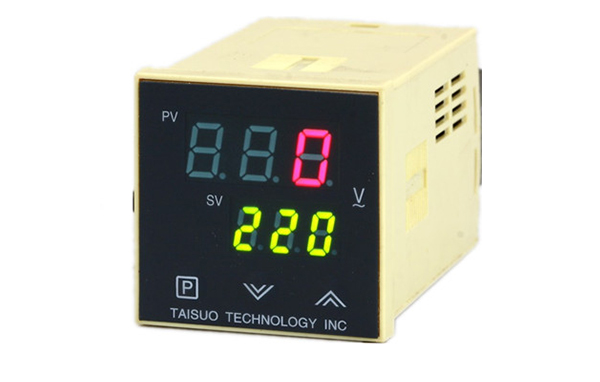
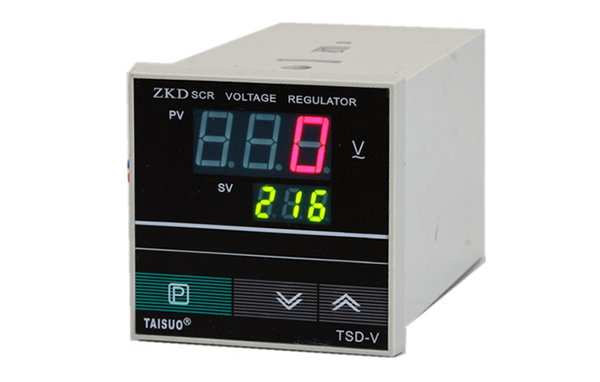
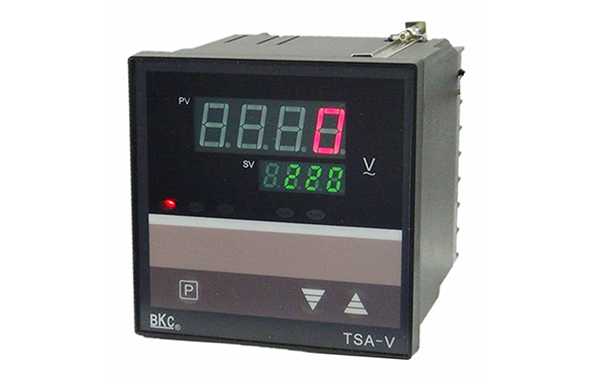
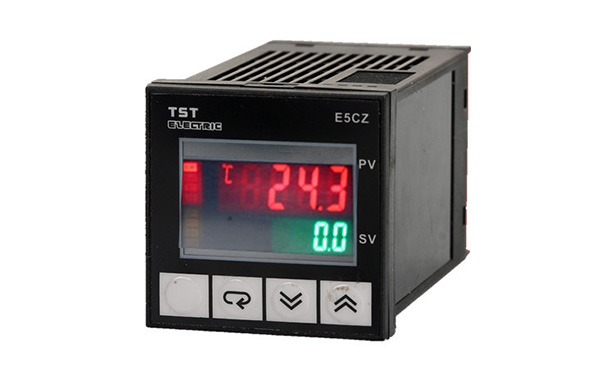
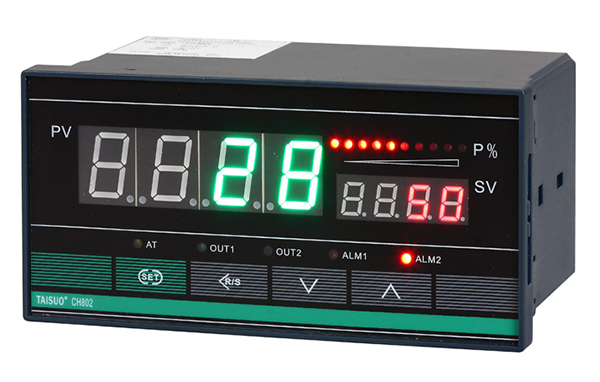
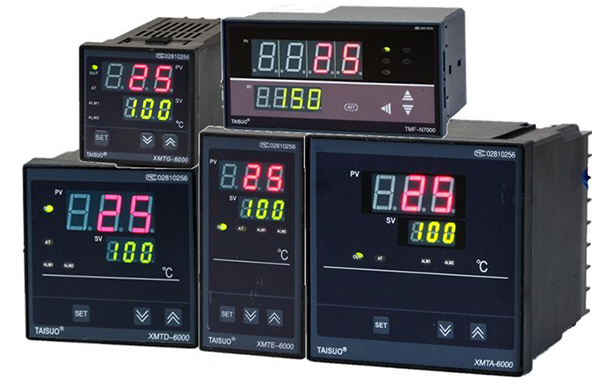
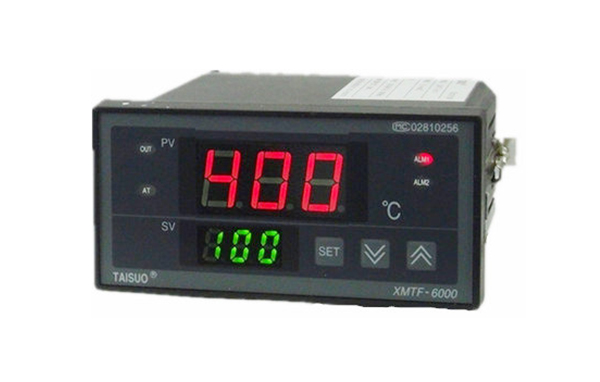
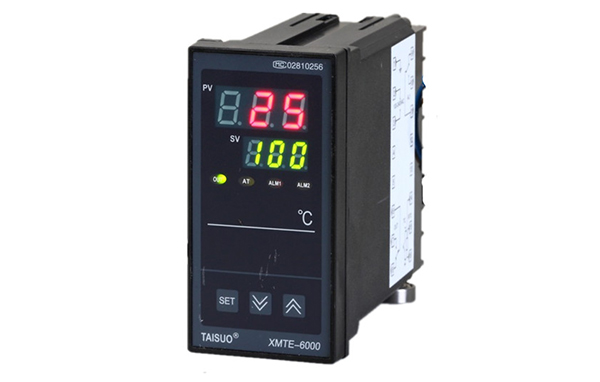
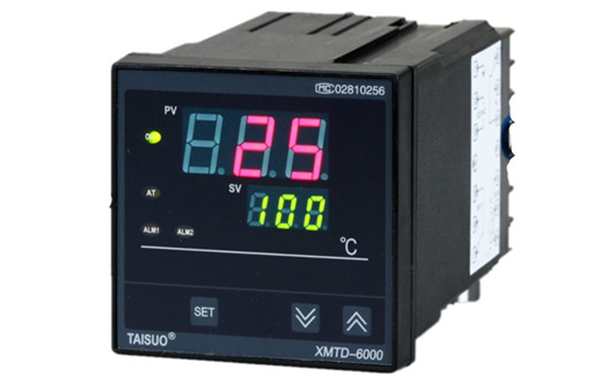
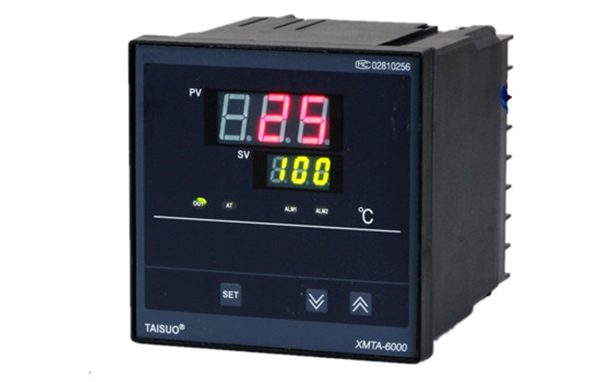
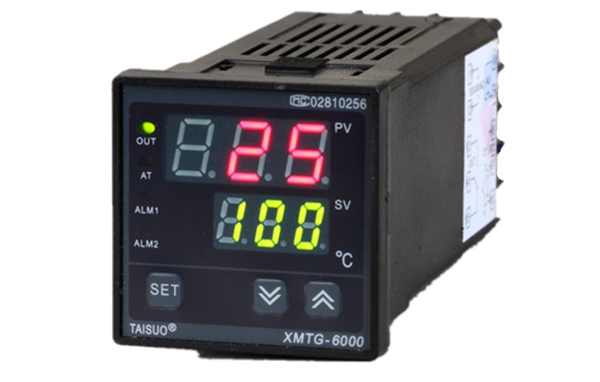
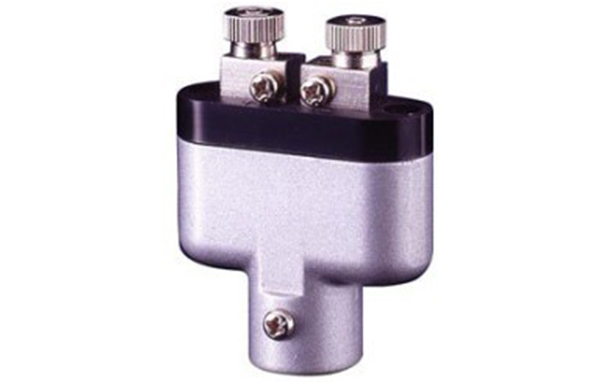

 Ins: tai_suo
Ins: tai_suo

